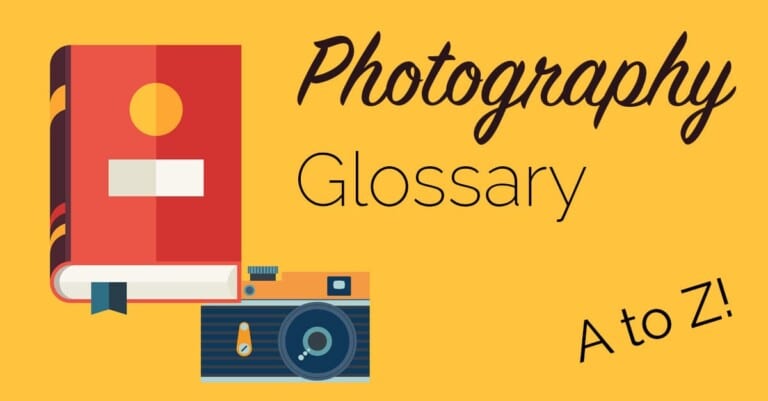Adjustment Layer
What Is an Adjustment Layer and How Is It Used in Image Editing? This is a layer containing an image adjustment or effect instead of image content. Like a red Cellophane overlay on a print, an adjustment layer will alter the appearance of layers below it, but not actually alter their content, making adjustment layers a cornerstone of reversible, ‘non-destructive’ editing. The adjustment can be altered, hidden or removed at any point. Adjustment layers allow photographers to experiment with edits to their photographs without risking permanently changing the original image content. Adjustment layers can also be copied and applied to …













